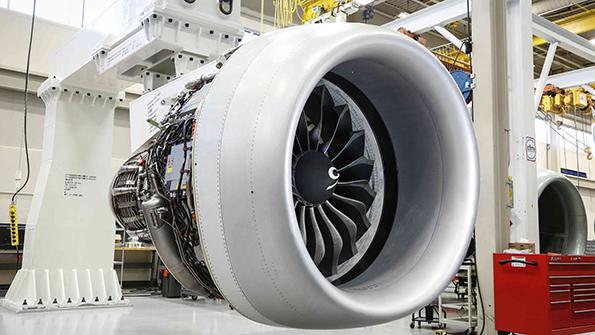Engine-Makers Still Challenged Despite Easing Headwinds

Durability upgrades will be flowed into the CFM Leap 1A this year and the 1B version in 2025.
Credit: GE Aerospace/CFM
In 2018, at the last “normal” Farnborough Airshow before the global pandemic, the commercial engine industry was focused on three main areas: gearing up production for the surge in new-generation single-aisle airliner deliveries, dealing with emerging widebody engine-durability issues and battling...
Engine-Makers Still Challenged Despite Easing Headwinds is available to both Aviation Week & Space Technology and AWIN subscribers.
Subscribe now to read this content, plus receive critical analysis into emerging trends, technological advancements, operational best practices and continuous updates to policy, requirements and budgets.
Already a subscriber to AW&ST or AWIN? Log in with your existing email and password.


